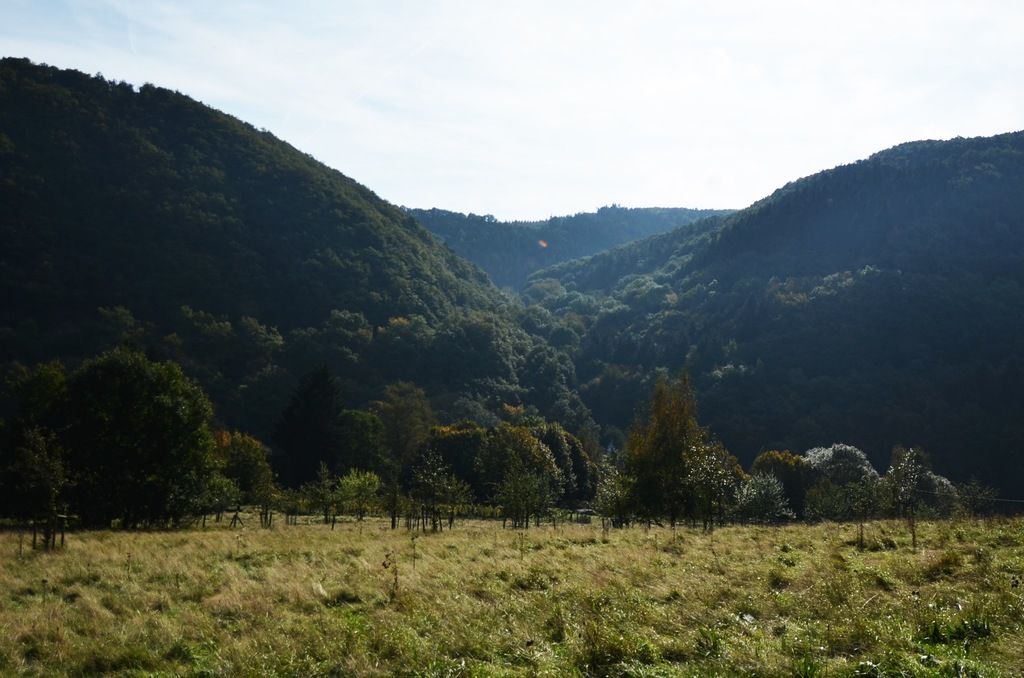Reasons Behind Yellow Rose Leaves and Easy Remedies Explained
In need of some gardening advice? Your roses looking less than grand with leaves turning yellow and dropping off? Well, sit tight and let's get onto the causes and solutions for this annoyance.
First things first, there's no need to panic. Yellowing leaves often indicate that something is amiss in your garden, but with a little TLC, your rose bush can regain its former glory. So, what's causing your lovely blooms to turn yellow? Here are eight possible reasons and what you can do to fix it.
Why are my rose leaves turning yellow?
- Improper watering: Overwatering or underwatering are the main culprits for the chlorosis of rose leaves. Proper watering (deep but infrequent) can prevent suffocation of the roots and insufficient oxygen and nutrient delivery. So, take the time to learn your rose's water needs, and don't forget to add organic matter to the soil or move your roses to raised beds if the soil isn't draining as it should.
- Lack of sunlight: Roses enjoy a good dose of sunshine, needing at least six hours of direct sunlight each day. Check the position of your rose bushes, and ensure they're getting enough light. If needed, transplant your roses to a sunnier spot in the garden or prune the nearby overhanging branches.
- Soil deficiencies: Lack of essential nutrients such as nitrogen, magnesium, and iron can cause the leaves to turn yellow. Fertilizing the soil (especially with a slow-release fertilizer specifically formulated for roses) can help address this problem.
- Imbalance of soil pH: Roses prefer slightly acidic soil (pH 6-6.5), and if yours is too alkaline, the rose plant may struggle to absorb enough nutrients, causing chlorosis. Test your soil pH and amend it as necessary to provide the ideal growing conditions.
- Pests and diseases: Aphids, thrips, spider mites, black spots, the rose mosaic virus, and powdery mildew can all be harmful to roses. Regularly inspect leaves, and treat your rose plants with appropriate insecticidal soap or fungicide when needed. Prune out and discard any affected leaves to prevent the spread of pests and diseases.
- Dormancy: During extreme weather conditions, sometimes, roses need to take a break to rest. Be patient, as they'll begin to grow again once the warmer weather returns.
- Too much (or the wrong) fertilizer: Adding more fertilizer than necessary or using the wrong kind can harm your roses. Buy a fertilizer tailored to roses and follow the manufacturer's instructions to avoid overfeeding your plants.
- Natural aging: Sometimes, the yellowing of leaves is a natural part of the growth process. Remove any dead foliage, and new growth should appear in time.
Tips to Keep Your Roses Healthy
Taking care of roses goes beyond merely addressing problems as they arise. Employ these additional preventative measures for a thriving garden:
- Apply a layer of organic mulch around the base of your roses.
- Protect your roses from extreme temperatures and high winds by sheltering or covering them.
- Keep an eye on your roses, especially during the growing season.
- Water roses at their base to minimize humidity.
So, there you have it - insider knowledge to help you grow beautiful blooms in your garden. Yellow leaves are no match for your green thumb!
- To prevent yellowing leaves and promote healthy growth, consider planting your roses in raised beds filled with organic matter for better soil quality and drainage.
- In the home-and-garden section of your local store, look for a slow-release fertilizer specifically designed for roses to ensure your plants receive the proper nutrients they need.
- Diversify your garden by planting a mix of vegetables, decorative flowers, and other plants in addition to roses, as this will create a balanced ecosystem that benefits all plants in the garden.
- When landscaping, consider the needs of your roses when placing them in the garden, ensuring they receive optimal sunlight and are spaced appropriately for good air circulation.
- To add a touch of elegance to your garden, consider incorporating decorative items like garden statues, birdbaths, or a beautiful bench in your landscape design.
- Make gardening a part of your lifestyle by setting aside time each week to maintain your garden, whether it's deadheading roses, watering, or weeding. By cultivating a love for gardening, you'll have a beautifully managed home-and-garden space that brings you joy for years to come.








